Valley Gallery by Tadao Ando is Naoshima's newest art pilgrimage site
The latest addition to Japan’s Benesse Art Site, Tadao Ando’s Valley Gallery is a geometric gem that makes the most of its remote setting
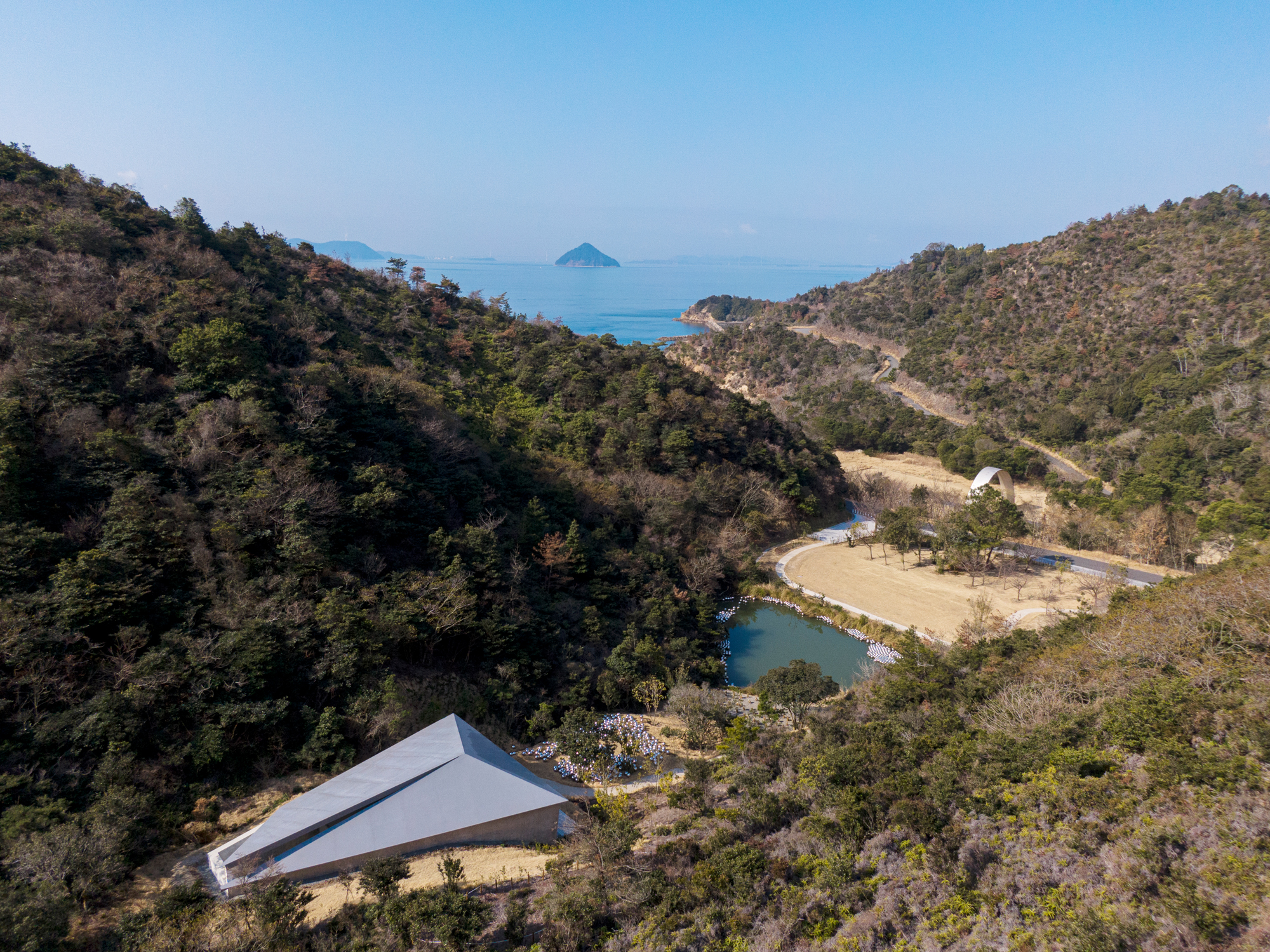
Masatomo Moriyama - Photography
Merging nature, art and architecture, Valley Gallery, the latest build by Tadao Ando on Naoshima, is the Pritzker Prize-winning architect’s most conceptual design to date. It marks 30 years since his first building on the island, the Benesse House Museum, which was Naoshima’s first art museum, as well as a hotel. Nestled in the base of a deep valley, the new gallery is a modest structure with an angular steel roof and a trapezoidal floor plan informed by the landscape. Ando aimed ‘to create an independent architectural space while preserving as much of the existing topography and trees as possible’, in order to make the most of the site’s potential.
Covering a total floor area of 96 sq m, Valley Gallery consists of a white-walled room within an external concrete shell. Both are housed under an angular 12mm steel-plate roof reminiscent of origami folds, and accentuated by two corner openings at 30 degrees, framing the outside sky and revealing seasonal changes – wind, rain, sunshine or snow. The interior uses only natural illumination, with the angled skylights casting shadows on the concrete walls throughout the day, forming sharp silhouettes akin to a sundial. Ando says: ‘As a means of creating such an architectural space as a microcosm, I came up with the scheme of a space as simple and pure as a white canvas [with] natural light entering into it. A void in which everything superfluous has been erased, coloured by light that shifts with time and the seasons.’

Partial view of Yayoi Kusama’s Narcissus Garden, 1966/2022, in the new gallery, where corner openings frame the sky and let natural light flow in. Artwork: copyright Yayoi Kusama
His ninth building on the island, and part of the Benesse Art Site Naoshima, Valley Gallery is unlike any conventional art experience. Along the winding path that leads to the entrance, visitors pass a small lake with mirrored stainless steel spheres on its banks, part of Yayoi Kusama’s Narcissus Garden installation. Nearby is Tsuyoshi Ozawa’s Slag Buddha 88, which features 88 Buddha statuettes created using slag from illegally dumped industrial waste. Both pre-existing works, they have been on the island since 2006 and have recently been relocated and extended for the new gallery.
The uphill journey is intentionally elongated, allowing time for reflective pause in the surrounding nature, particularly in spring when azaleas and cherry trees are in bloom. ‘For a gallery to be a special place for art, the space on the approach to it is very important,’ adds Ando. ‘Like the entrance to a tea ceremony room, the slight change in the sequence of visitors’ steps leads their attention to the gallery.’
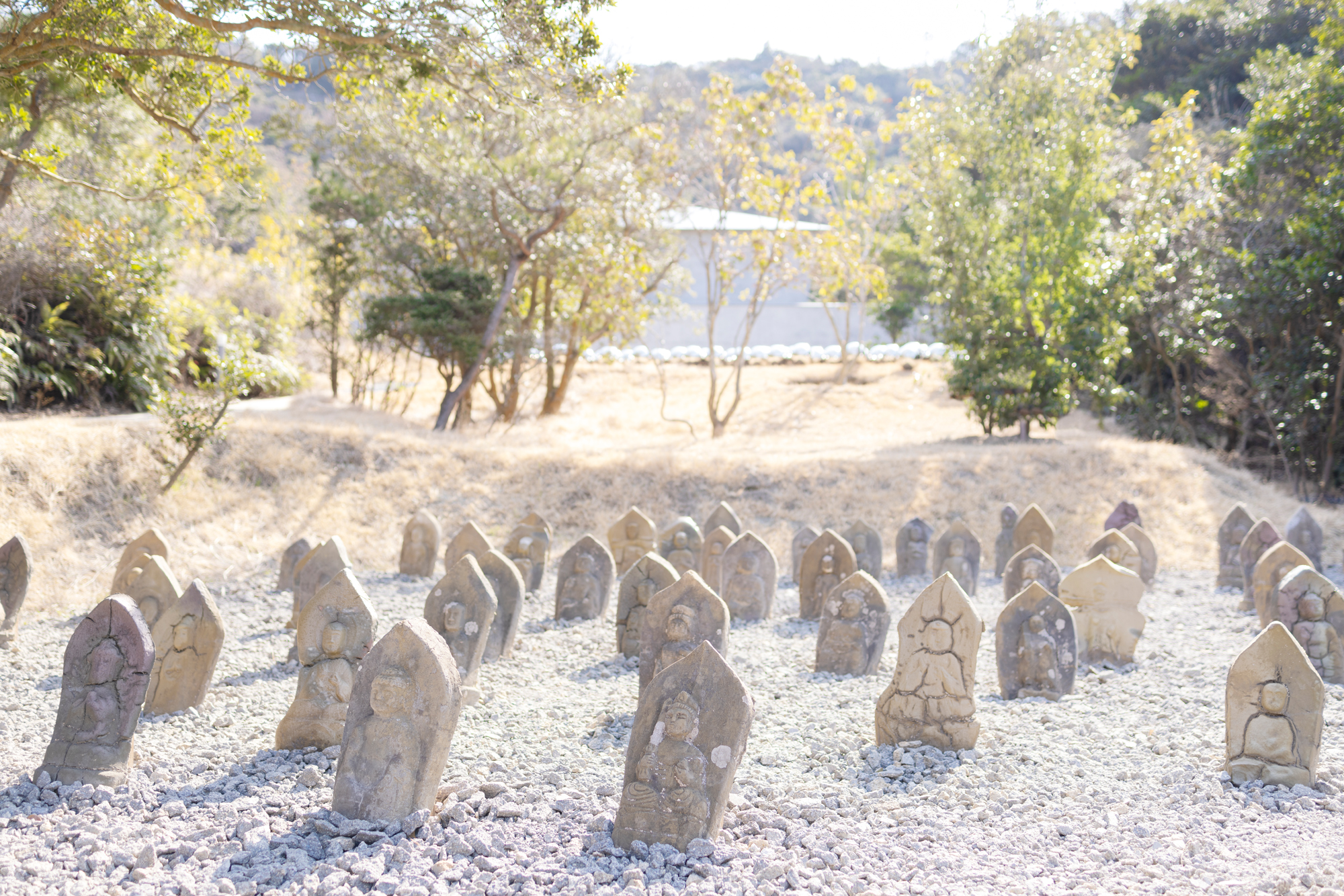
Tsuyoshi Ozawa’s Slag Buddha 88 features 88 Buddha statuettes made from industrial waste
Ando’s architecture occupies the island’s most challenging and remote sites, connected by the theme of a ‘coexistence with nature’. It ranges from Chichu Art Museum, built into a mountaintop, to his own namesake museum, situated inside a 100-year-old timber house. With Valley Gallery, the architect intends to created a reflective, meditative atmosphere.
‘Like a Japanese shrine, we were aiming for an architecture with a certain spatiality that exists as a spiritual pillar for the people, even if on a modest scale,’ explains Ando. ‘By inserting stimulating artwork into this space, I hoped to create a microcosm, a small but infinitely deep space.’ The building exemplifies the trifecta of art, architecture and nature in harmony, making the journey to the island that much more profound.
INFORMATION
Receive our daily digest of inspiration, escapism and design stories from around the world direct to your inbox.
A version of this article appears in the May 2022 issue of Wallpaper*. Subscribe today!
Joanna Kawecki is a Tokyo-based design journalist and consultant. Living in Japan since 2013, she writes extensively about architecture, design and travel, interviewing leading industry figures such as Kengo Kuma and Naoto Fukasawa. She is co-founder of Ala Champ Magazine and design brand IMI Japan, working with craftspersons across the country’s 47 prefectures exploring traditional artisans to innovation entrepreneurs.
-
 Aesthetics and acoustics come together in the Braque speakers from Nocs Design
Aesthetics and acoustics come together in the Braque speakers from Nocs DesignThe Braque speakers bring the art of noise, sitting atop a brushed steel cube that wouldn’t look out of place in a contemporary gallery
-
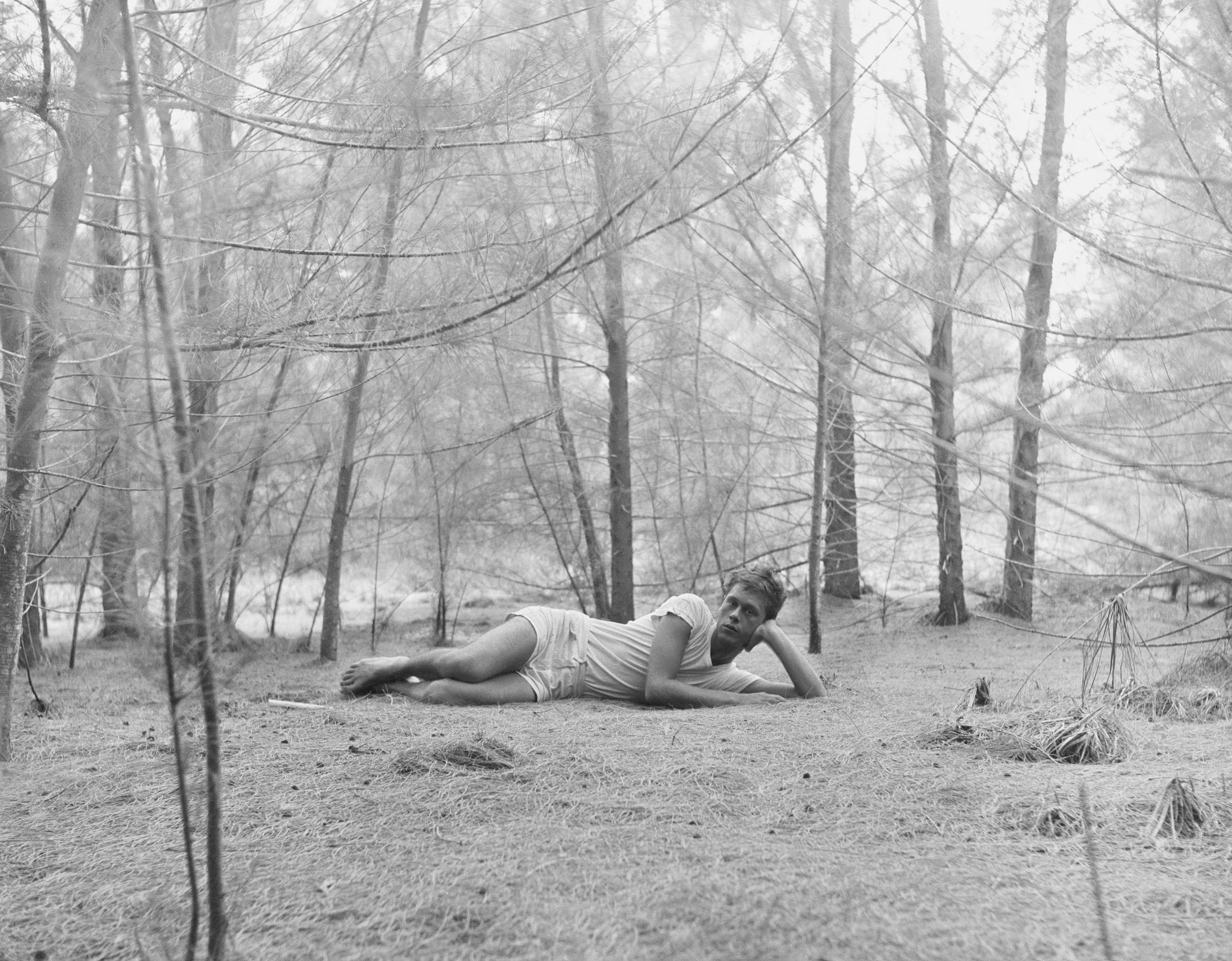 Inside the seductive and mischievous relationship between Paul Thek and Peter Hujar
Inside the seductive and mischievous relationship between Paul Thek and Peter HujarUntil now, little has been known about the deep friendship between artist Thek and photographer Hujar, something set to change with the release of their previously unpublished letters and photographs
-
 In addition to brutalist buildings, Alison Smithson designed some of the most creative Christmas cards we've seen
In addition to brutalist buildings, Alison Smithson designed some of the most creative Christmas cards we've seenThe architect’s collection of season’s greetings is on show at the Roca London Gallery, just in time for the holidays
-
 Yuko Mohri’s living installations play on Marcel Duchamp’s surrealism
Yuko Mohri’s living installations play on Marcel Duchamp’s surrealismThe artist’s seven new works on show at Milan’s Pirelli HangarBicocca explore the real and imaginary connections that run through society
-
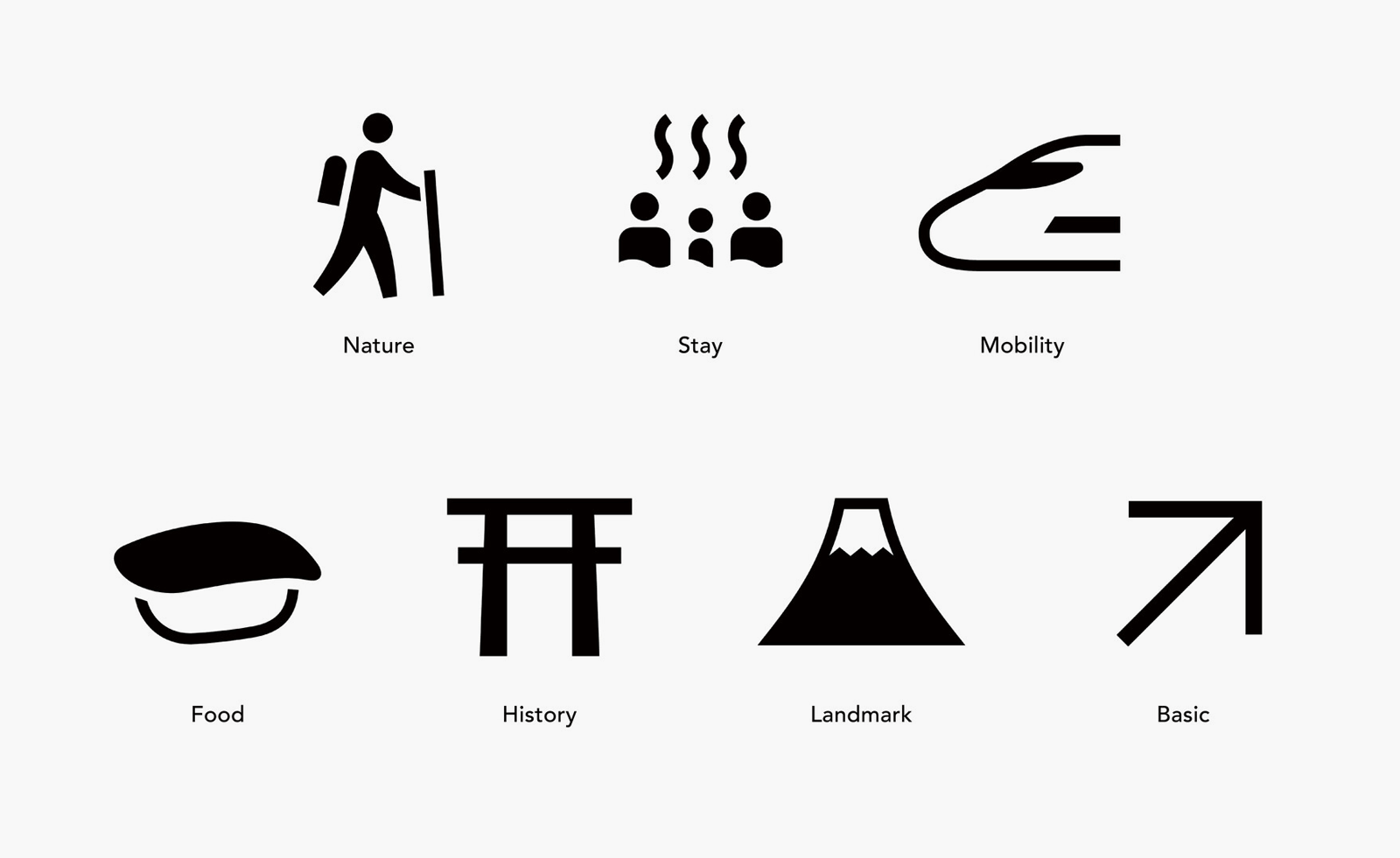 Get the picture? A new exhibition explores the beautiful simplicity of Japanese pictograms
Get the picture? A new exhibition explores the beautiful simplicity of Japanese pictogramsThe simple, minimalist forms of a pictogram are uniquely Japanese, as new exhibition 'Pictograms: Iconic Japanese Designs' illustrates
-
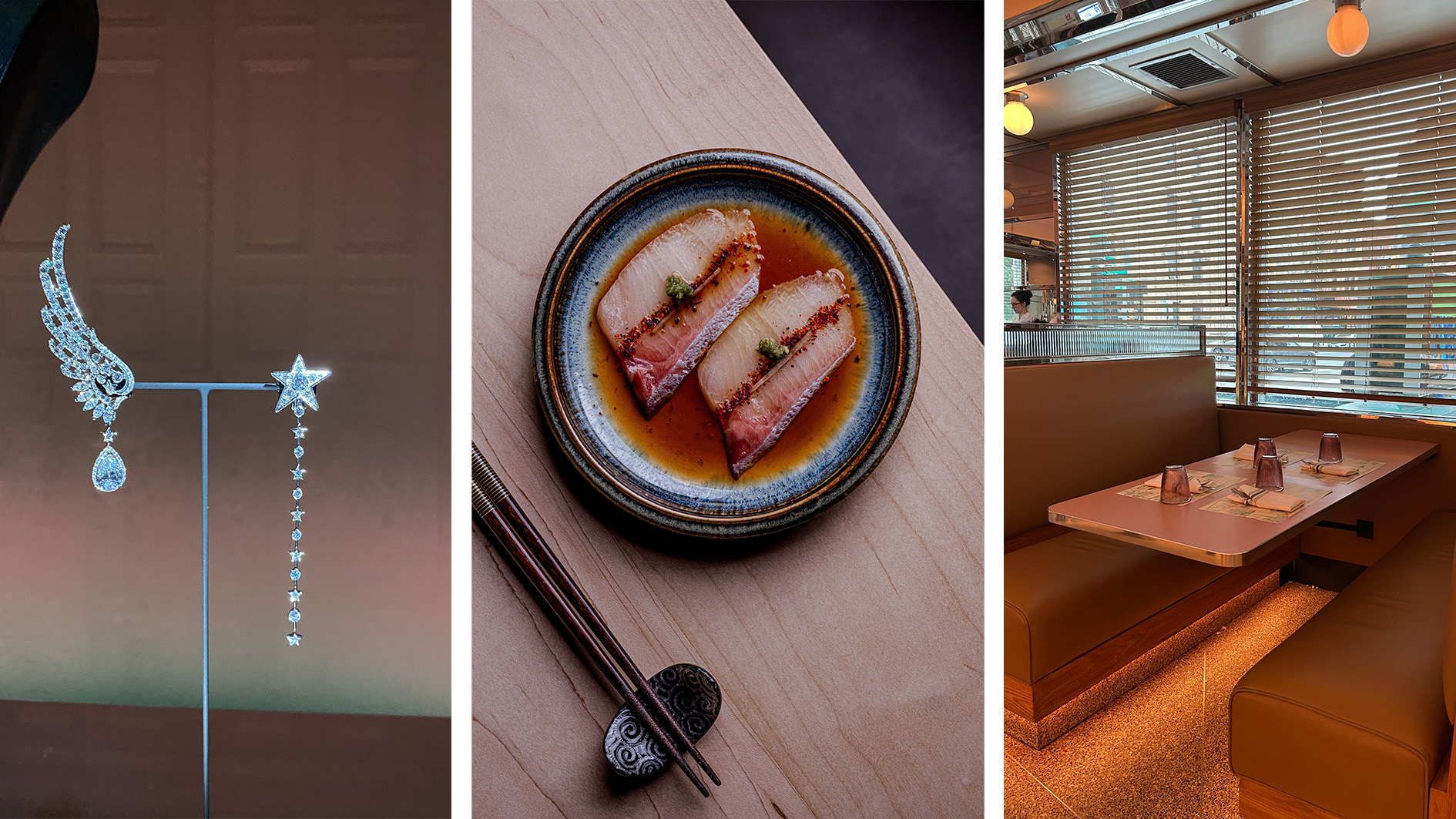 Out of office: the Wallpaper* editors’ picks of the week
Out of office: the Wallpaper* editors’ picks of the weekIt was a jam-packed week for the Wallpaper* staff, entailing furniture, tech and music launches and lots of good food – from afternoon tea to omakase
-
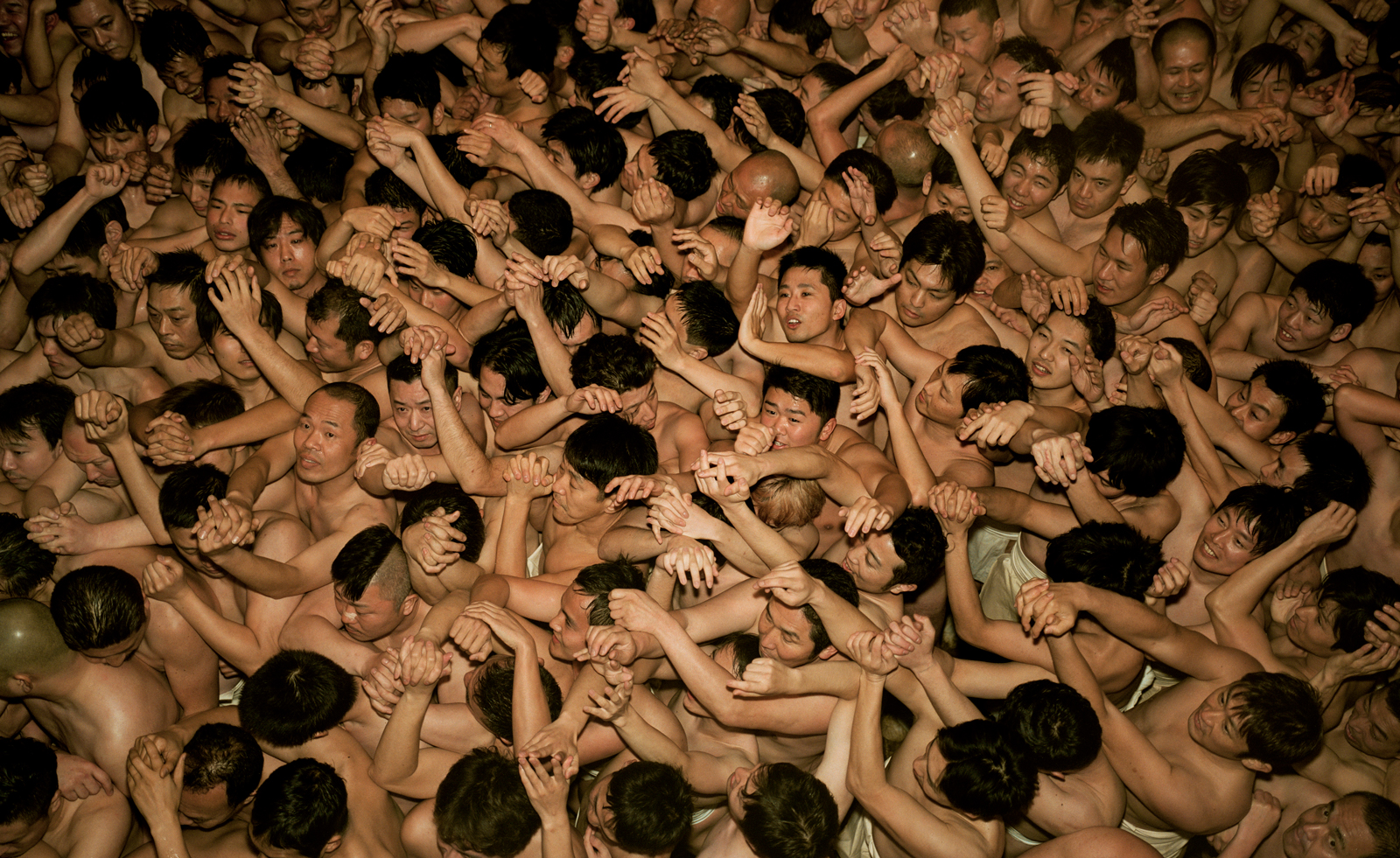 Inside Kyotographie, Japan’s world-renowned photography festival
Inside Kyotographie, Japan’s world-renowned photography festivalKyotographie 2025 embraces the theme ‘Humanity’ in Kyoto – Amah-Rose Abram reports with the highlights, from major and emerging photographers
-
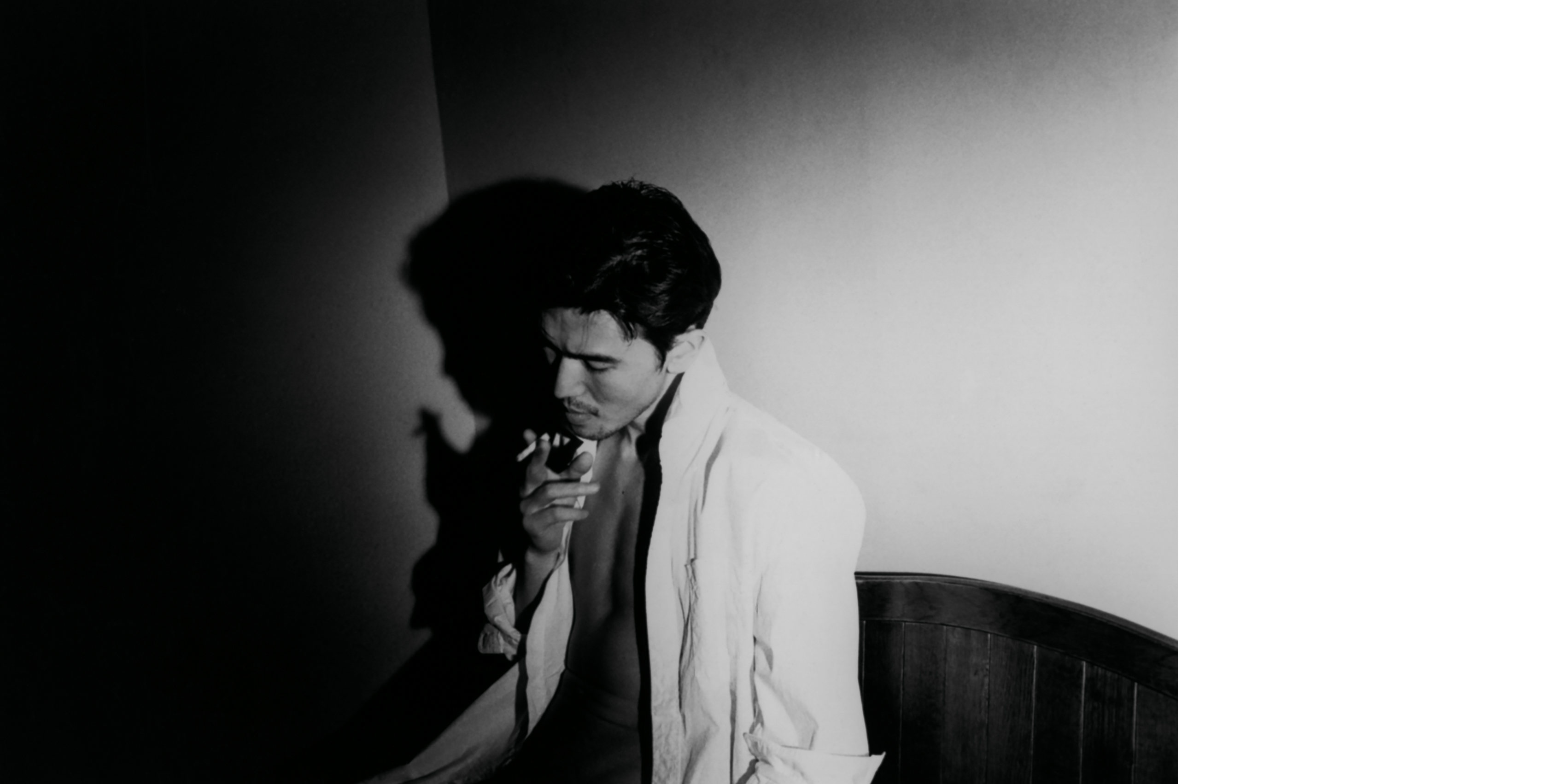 'I’m So Happy You Are Here': discover the work of Japanese women photographers
'I’m So Happy You Are Here': discover the work of Japanese women photographersSubtitled ‘Japanese Women Photographers from the 1950s to Now’, this new monograph from Aperture is a fascinating insight into a critically overlooked body of work
-
 Deathmatch wrestling’s behind-the-scenes moments and bloody glory
Deathmatch wrestling’s behind-the-scenes moments and bloody gloryA new limited-edition book explores the intersection between art and deathmatch wrestling at a sold-out show held in Tokyo
-
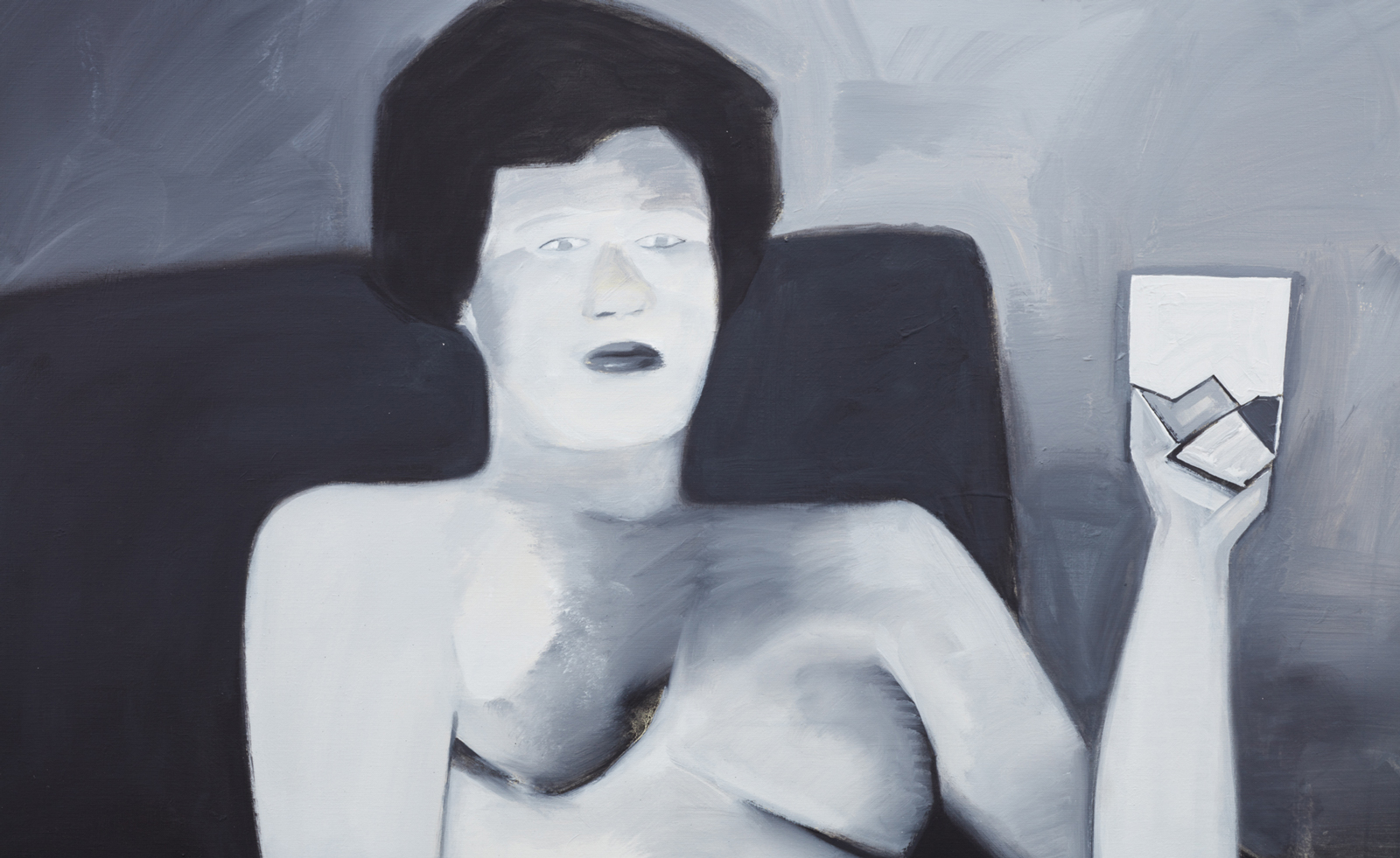 BLUM marks 30 years of Japanese contemporary art in America
BLUM marks 30 years of Japanese contemporary art in AmericaBLUM will take ‘Thirty Years: Written with a Splash of Blood’ to its New York space in September 2024, continuing its celebration of Japanese contemporary art in America
-
 Olafur Eliasson inaugurates Azabudai Hills Gallery in Tokyo
Olafur Eliasson inaugurates Azabudai Hills Gallery in TokyoOlafur Eliasson marks launch of Azabudai Hills Gallery, in Tokyo’s major new district, with a show of elemental strength